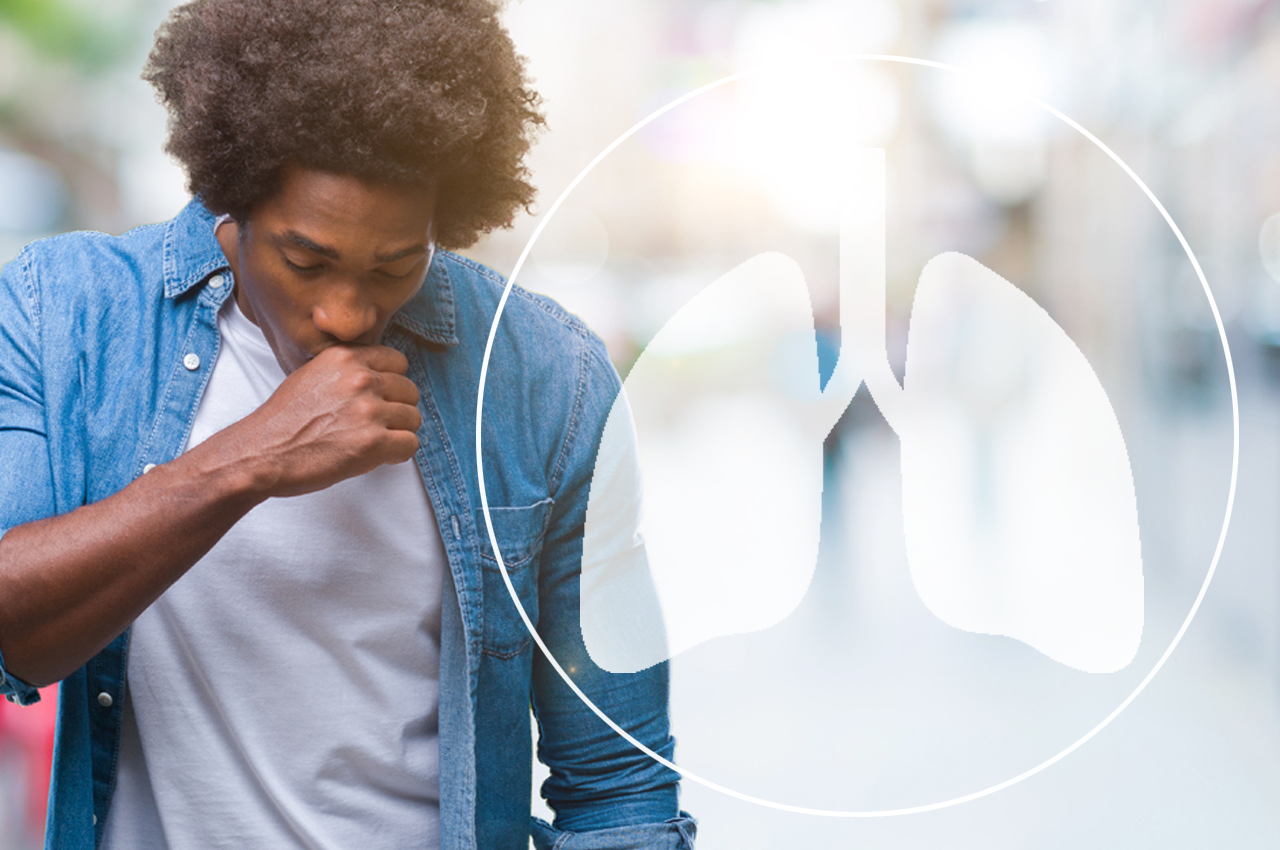It’s sad but true that South Africa has one of the highest tuberculosis (TB) rates in the world, mostly thanks to all the fake news and other myths floating around about the disease. The 24th of March is World TB Day, and this year’s theme is “Yes! We can end TB!” So, now’s the time to separate fact from fiction.
- TB cannot be cured/TB is fatal.
TB is very curable, especially when the disease is caught early. That’s why talking about it and getting tested are of the utmost importance. - I’ll get TB when someone coughs near me.
False. While the bacteria that causes TB is spread via droplets in the air, close contact over a long time is needed to pass the disease on to someone else. Covering your nose and mouth when coughing/sneezing and good ventilation (e.g. open windows) can help reduce the spread. It’s scientifically proven that TB is not spread by sharing crockery or bed sheets, and you can’t get it from shaking someone’s hand, kissing them, or sitting/standing next to them. - TB runs in families.
False. TB is not passed down by sharing the same DNA, any more than colds are. However, because we do spend more time with our families, the risk of spreading the disease is higher. - TB is a poor person’s disease.
False. Everyone is at risk because TB doesn’t discriminate and affects people from all walks of life, including former Miss South Africa Tamaryn Green. People living in poverty are at greater risk due to crowded living conditions, poor nutrition and lower access to medical care. - TB causes HIV.
False. TB is caused by bacteria. HIV is a virus. Having HIV weakens your immunity, so you’re at greater risk of developing TB. It’s common to have both at the same time, but they’re different diseases. - TB tests hurt.
False. TB testing is actually pretty simple, quick and painless. This may involve chest x-rays, testing your saliva, taking a little blood, or injecting a tiny amount of fluid under your skin. TB tests and treatment are free at South African Government primary health clinics. - TB treatment is terrible.
Just like any medication, TB treatment can have side effects, such as aches and pains or nausea, but most people tolerate it well. Remember: you’re more likely to hear all about the horror stories than the success stories. Medical management (e.g. adjusting dosages) and medication to treat side effects improve matters greatly. - When I feel better, I can stop my medicine.
This is a major reason why we have strains of TB that are resistant to the drugs used to fight the disease, which makes treatment more difficult. Taking the full course, which usually lasts six to eight months, is crucial – otherwise your TB symptoms will come back since the germs are not all gone.
What to look out for
Symptoms of TB include chest pain, fever, chronic cough, night sweats and weight loss.
If you think you have TB or have been in close, prolonged contact with someone diagnosed with TB, go to your local clinic or GP immediately for testing and treatment.



